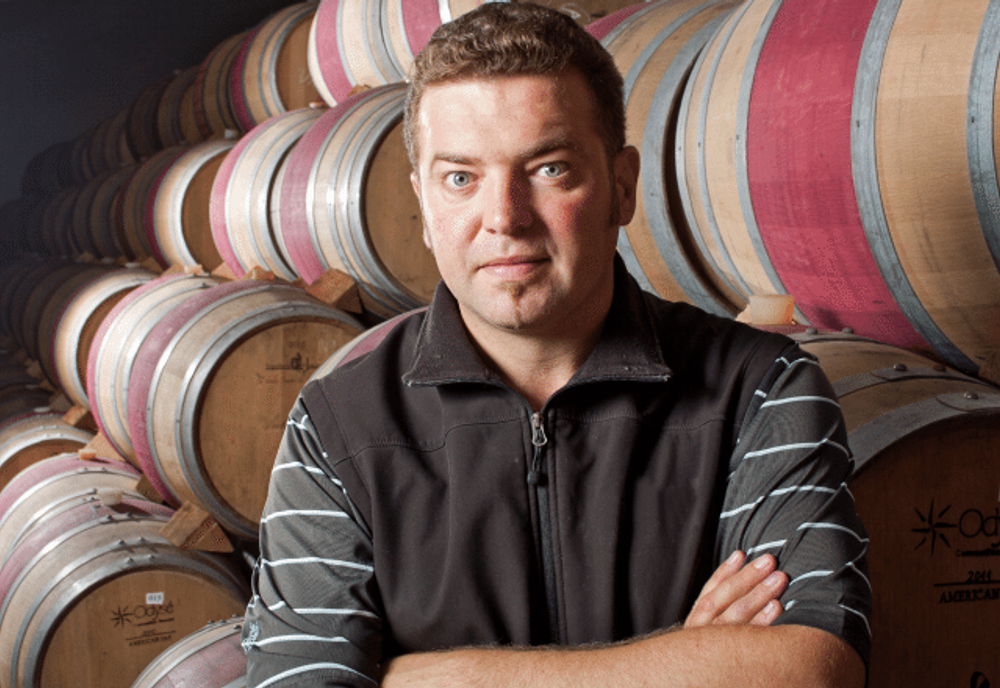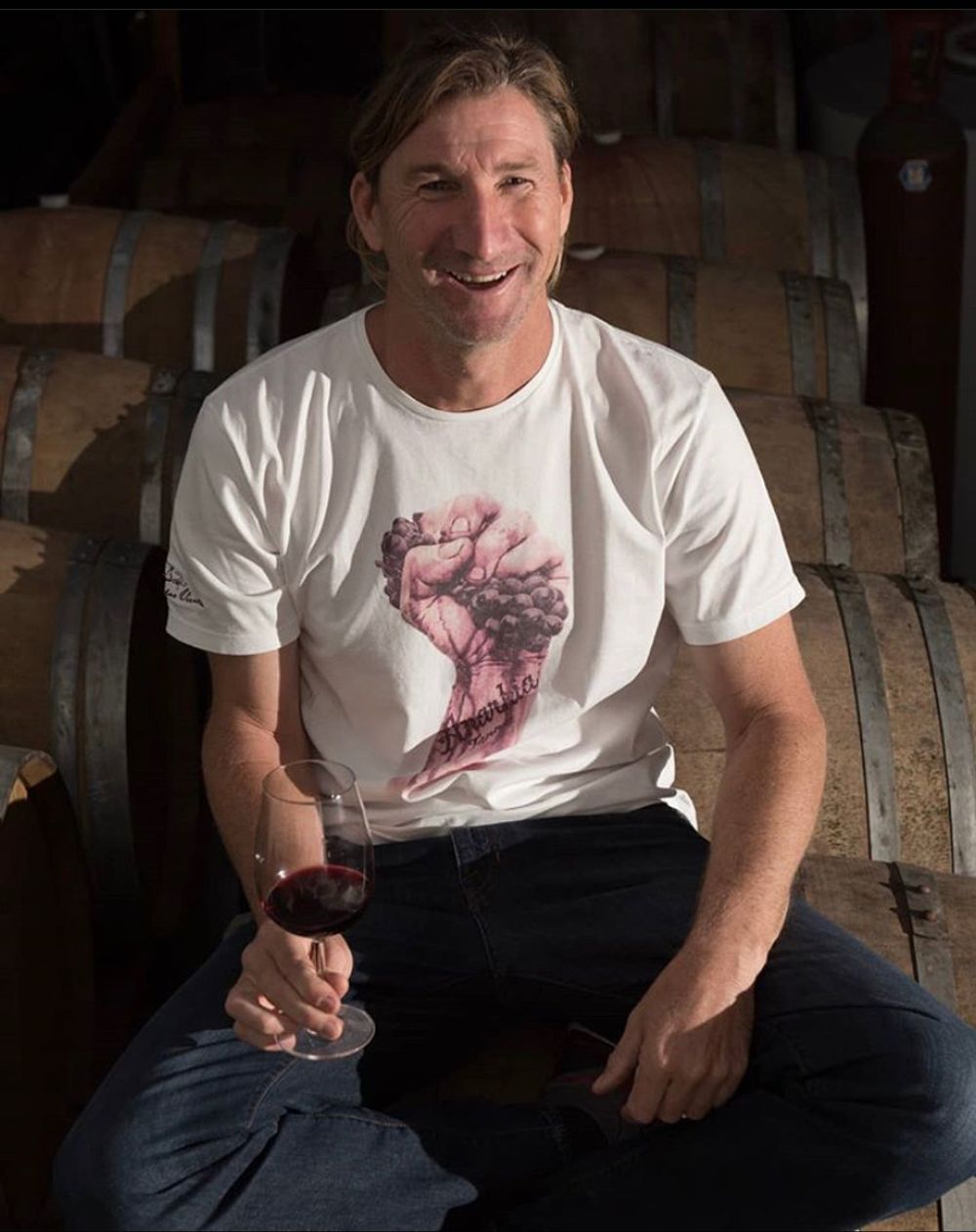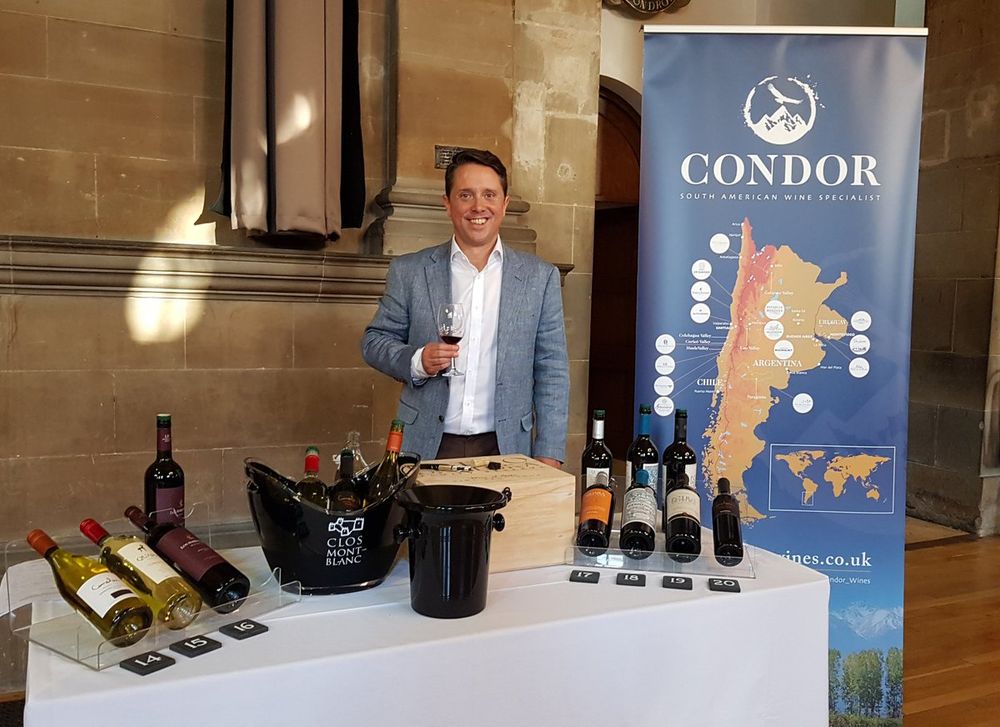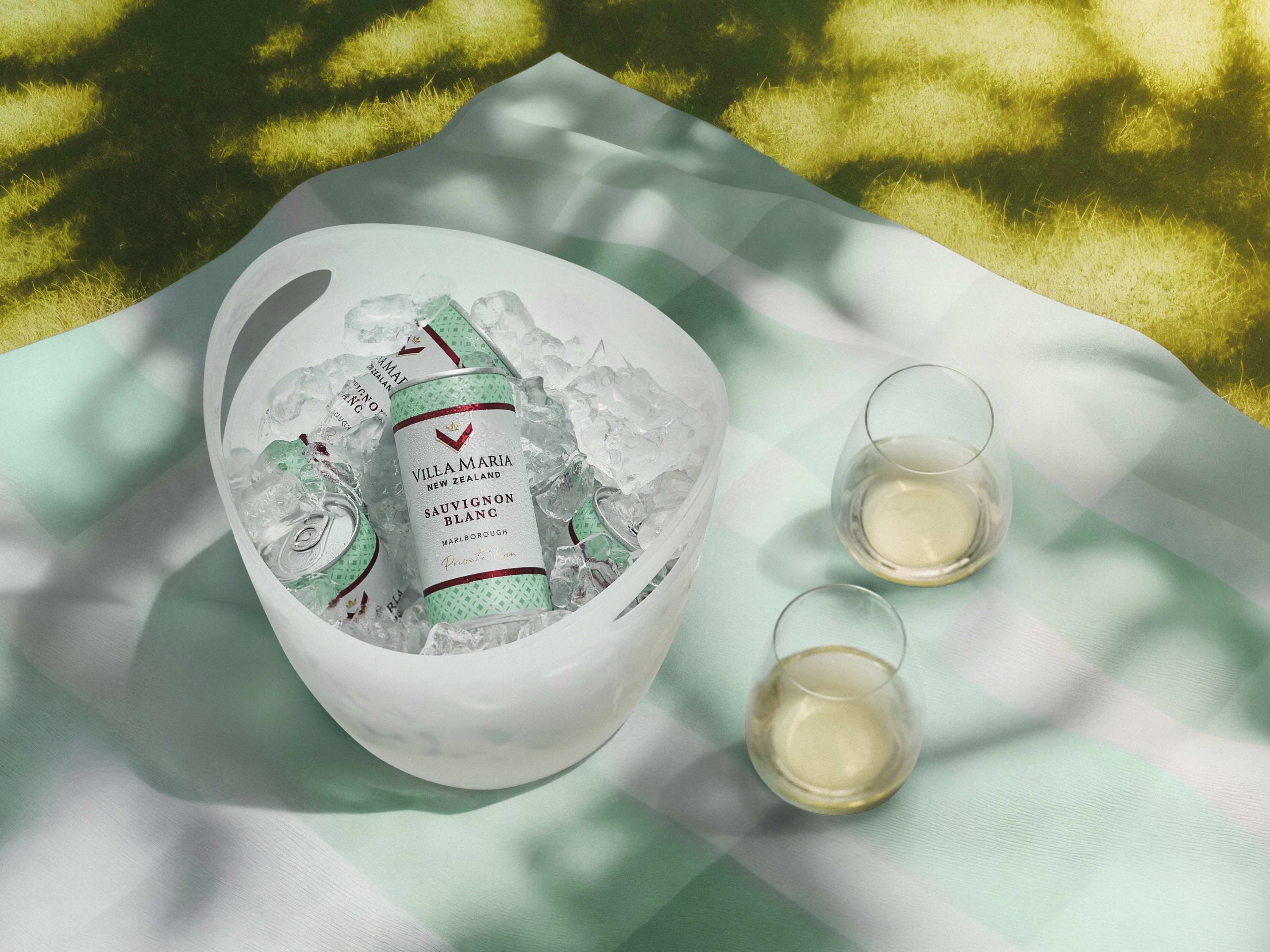“We saw a real opportunity for category growth in expanding the portfolio beyond Argentina to include wines from Chile and Uruguay,” says Condor Wines’ Lee Evans.
Unsurprisingly Mendoza, accounting for 70% of Argentina’s total production, was well represented in the Condor Wines webinar sessions. Pablo Sanchez, winemaker at Bodega Los Haroldos and Familia Falasco, gave an overview of the region, pointing out the wide diversity of microclimates and different soil compositions within its high-altitude, continental desert landscape. Altitude has the strongest influence on winemaking here; this can range, across a very short distance, from 600m in the east, where the grapes have more concentration and floral qualities, to 1500m in the foothills of the Andes, which gives greater acidity and more citric, tropical flavours to the fruit.
Further north in the Cafayate region, at a latitude of only 26 degrees, MarianaPaez makes wine for Finca Quara from vineyards ranging from 1650m to 3000m-plus. These are some of the highest vineyards in the world whose cool nights and high levels of solar radiation gives wines with intense colour and tannic structure lifted by their high-altitude, fresh acidity.
Latitude is also a factor, of course. Argentina’s most southerly vineyards are cooler even than those at much higher altitudes to the north because they face the cold polar winds blowing up from Patagonia and the Antarctic beyond, and can produce wines of really thrilling cool-climate purity.

Chile is a paradise for growing grapes: Benoit Fitte
Benoit Fitte of Vina Requingua is French and has been living in Chile for 21 years, making wine in the Mediterranean climate of Chile’s Central Valley, which is where the majority of Chilean grapes are grown. “It’s a paradise for growing grapes,” he said. The dry season between mid-spring and mid-autumn is perfect for vines, as are the large diurnal temperature variations in the growing season.
Here, in this narrow region only 800km long, longitude has more influence than latitude. Syrahs from the coastal Casablanca region in the north, for example, generally show more acidity and less alcohol, thanks to the cooling southerly winds from the Pacific Ocean, than their equivalents from the warmer Curico area in the sheltered central depression further inland where wines express more plummy, spicy and riper personalities.
Over on the west coast, Uruguay, the fourth largest producing country in South America, faces completely different maritime influences where the Rio de la Plata, the river that forms the border with Argentina and (as it spills out into the wild Atlantic Ocean) is the widest in the world. Gabby Zimmer is a sommelier, and consultant to the Familia Traversa winery in the Canelones region at the mouth of the vast estuary, where 90% of Uruguayan grapes are grown in vineyards that never reach more than 100m above sea level.
“The climate of this region is more comparable to Bordeaux than the other South American countries,” Zimmer said.

Principles are more important than certificates: Mariana Onofri
The cool nights here mean grapes ripen slowly thereby retain natural acidity and freshness, while rain is more evenly distributed throughout the year so, unlike in Chile and Argentina, there is no need to irrigate.
More than 50% of Mendoza still uses flood irrigation, a system devised by the pre-Columbian Huarpes civilisation where meltwater from the Andes mountains is transported through an intricate network of irrigation channels. But, as climate change means there is less snow on the mountains to provide the necessary water, more and more growers are turning to drip irrigation.
“While flooding is the only way to irrigate in the desert area, thanks to drip irrigation we can now create new growing places,” said Karim Mussi from Mendoza. “We’re not taking water from the rivers, but drilling into the ground. You have to go more than 100m deep to get good water, so it’s difficult and very expensive, but this is opening up new territories in the west of the region.”
“When I first arrived in Chile, everything was flood irrigated,” added Fitte. “But we have less and less water here, too, so for the last 15 years we have only used drip irrigation.”

Having success with Italian varietals: Pablo Fallabrino
The power of principles
Condor’s expanding range now includes some really interesting premium old-vine and high-altitude wines, often from lesser-known ancestral varieties and made with sustainable, low-intervention techniques that ‘sing’ of their various terroirs – all of which have their unique challenges. Some producers are certified organic and/or biodynamic, while others find the systems’ certification process too expensive and restrictive.
“Principles are more important than certificates,” said Mariana Onofri of Onofri Wines, a small-scale family winery in northern Mendoza which focuses on ancestral varieties and old vines, and is a new addition to Condor’s portfolio. “While low intervention suggests a hands-off approach, in fact it is very labour intensive. It requires a deep understanding of the vineyards and knowing what they need, reacting to what’s happening and being pro-active to encouragebiodiversityin order to keep the vineyards healthy.”
Grafting onto old root stocks seems to be a key to coping with these increasingly dry climates. “To take care of the future, we need to look to the past,” Onofri continued. “It’s surprising how few people graft into these wonderful old root stocks. They require a lot of labour looking after them, but we’ve had amazing results grafting Mediterranean varieties – Mourvedre, Grenache, Carignan – which have really fantastic expression.”
Like Onofri, Christian Sepulveda, winemaker at Bouchon Family Wines in Chile’s Maule Valley, works ancestral varieties, particularly Pais, on vines that are 100 years old or more, and does not irrigate at all. “You can pray for rain, but that doesn’t always work,” he said ruefully. “The average rainfall 30 years ago was 800mm a year; in the last 10 years it’s been 500mm. Working with established root systems makes dry farming easier; old vines are much more in balance with the environment and are more resistant to drought and disease.”
For Pablo Fallabrino of Bodega Pablo Fallabrino on the estuary in Uruguay, humidity is the major enemy. While Tannat is the country’s major grape, Pablo has had more success with Italian varietals, particularly Nebbiolo and Arneis. Albarino, originally planted by Galician immigrants and so fitting to these cool, damp climes, is also proving to be another of Uruguay’s recent success stories.

Expanding beyond Argentina: Condor Wines’ Lee Evans “The UK wine drinker’s love for Argentine Malbec has certainly helped our business flourish,” says Evans, who founded Condor in 2011 with his Argentine wife Maria. “But we saw a real opportunity for category growth in expanding the portfolio beyond Argentina to include wines from Chile and Uruguay.”
Ten years on, Condor is increasingly regarded as the go-to supplier for South America, and these webinars with their panels of dedicated, inspiring producers showed us why. While Malbec marches inexorably on in the public’s affections, discerning drinkers should know that South America is clearly capable of much, much more.
- You can find our more about Condor Wines at its website here.










































